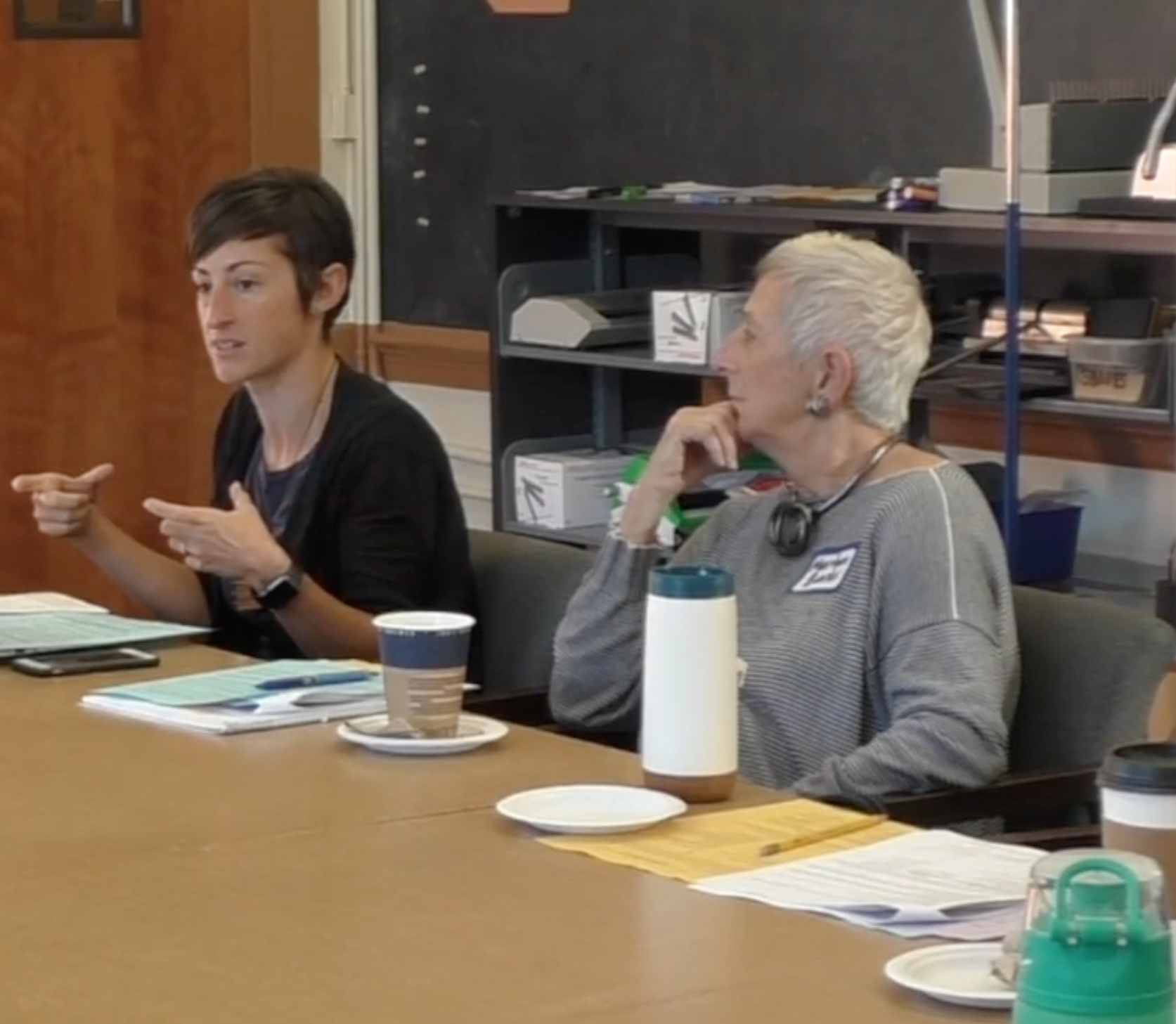A
The Role of Observers
Observers are key to successful Research Lessons. Prepare observers well to maximize your team’s opportunity to learn.
The role of observers is to watch and collect data. If observers help students, it’s difficult to draw inferences about the lesson’s impact. So observers should resist the urge to help students or interact with them. It is important to let students know in advance that the extra teachers in the room will be studying the lesson so they can learn how it can be improved; they will not be helping the students. That way, students won’t think they’ve encountered a roomful of exceptionally unhelpful adults!
All observers, including team members not teaching the lesson, should carefully review the observation protocol below. Many lesson study teams read each item out to observers during the pre-lesson discussion. You may also want to provide it as a handout, especially if you have observers new to lesson study. During the research lesson, pointing to the observation protocol can provide a silent and respectful way to handle any lapses in observer etiquette. Remember that the observers provide extra eyes and ears, not extra mouths and hands.
| OBSERVATION PROTOCOL FOR THE RESEARCH LESSON | |
|---|---|
| 1 | Respect the classroom atmosphere. For example, silence phones, refrain from side conversations, and arrive on time and stay for the entire lesson. |
| 2 | Do not help students or otherwise interfere with the natural flow of the lesson; for example, be careful not to block students’ view when they need to see the board or the teacher. |
| 3 | Collect data requested by the lesson planning team. Focus on the “Assessment: Points to notice” laid out in the lesson plan. Prepare by reading the lesson plan thoroughly. |
| 4 | Focus on the same student (or pair of students) over the entire lesson. This is likely to yield the best picture of whether and how the student(s) developed understanding. |
| 5 | If the lesson study team concurs, it is all right to ask clarifying questions of the student after the lesson is concluded. |
Resources:
B
Pre-Lesson Discussion
Before teaching and observing the lesson, the team describes the context and goals.
Use the following agenda for the pre-lesson discussion:
- Welcome and Introductions (5 min)
- Background and Context of the Lesson (5 min)
The planning team briefly describes the lesson and points out the sections of the Teaching- Learning Plan where observers can learn about the lesson and unit goals, long-term goals, and rationale for the lesson design.
- Silent Reading of Teaching-Learning Plan (15 min)
Participants read the Teaching-Learning Plan. Participants try the lesson task themselves.
- Clarifying Questions(10 min)
The planning team answers any clarifying questions raised by participants, and clarifies what evidence they are asking participants to collect.
- Observation Procedures (5 min)
Team reviews protocol for observing a Research Lesson and identifies students to observe.
The video below shows how one Lesson Study team prepared observers for their lesson.


